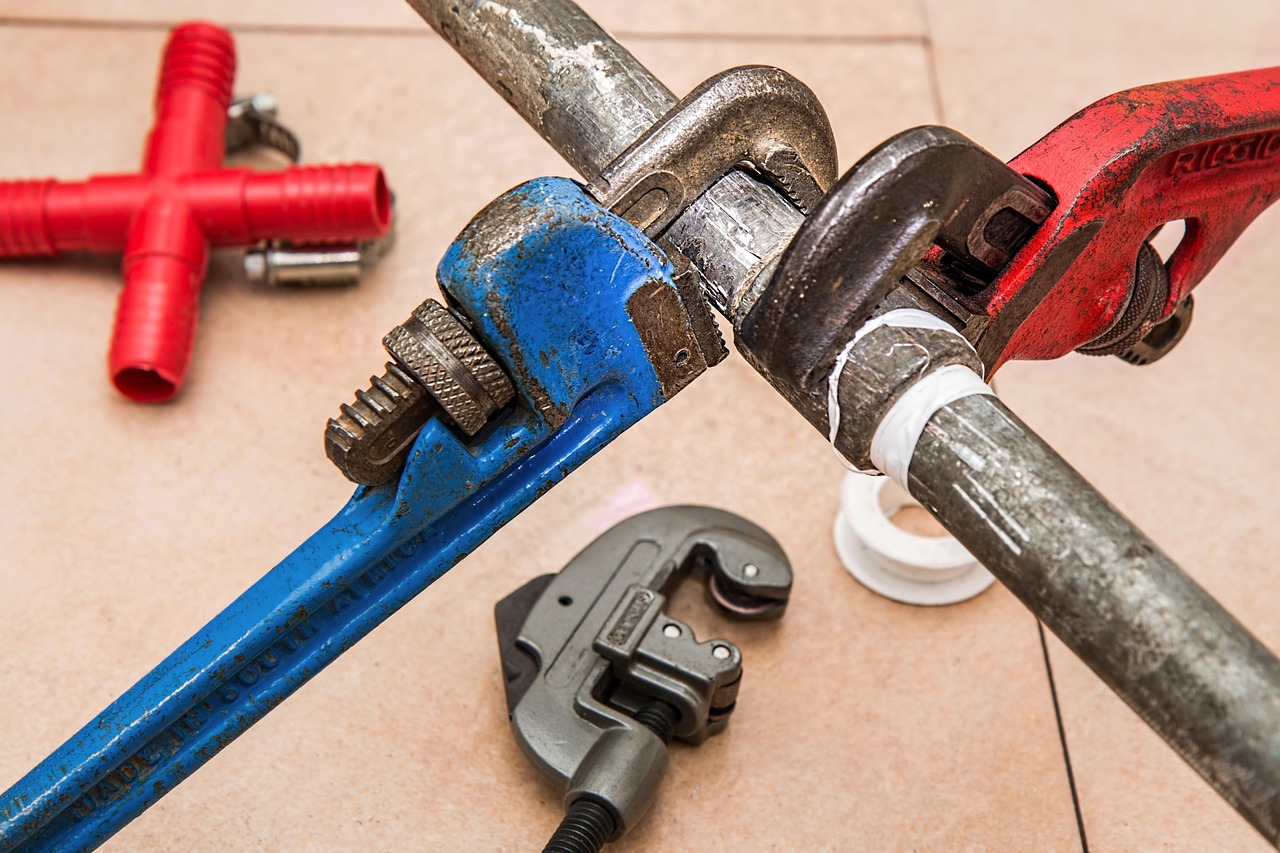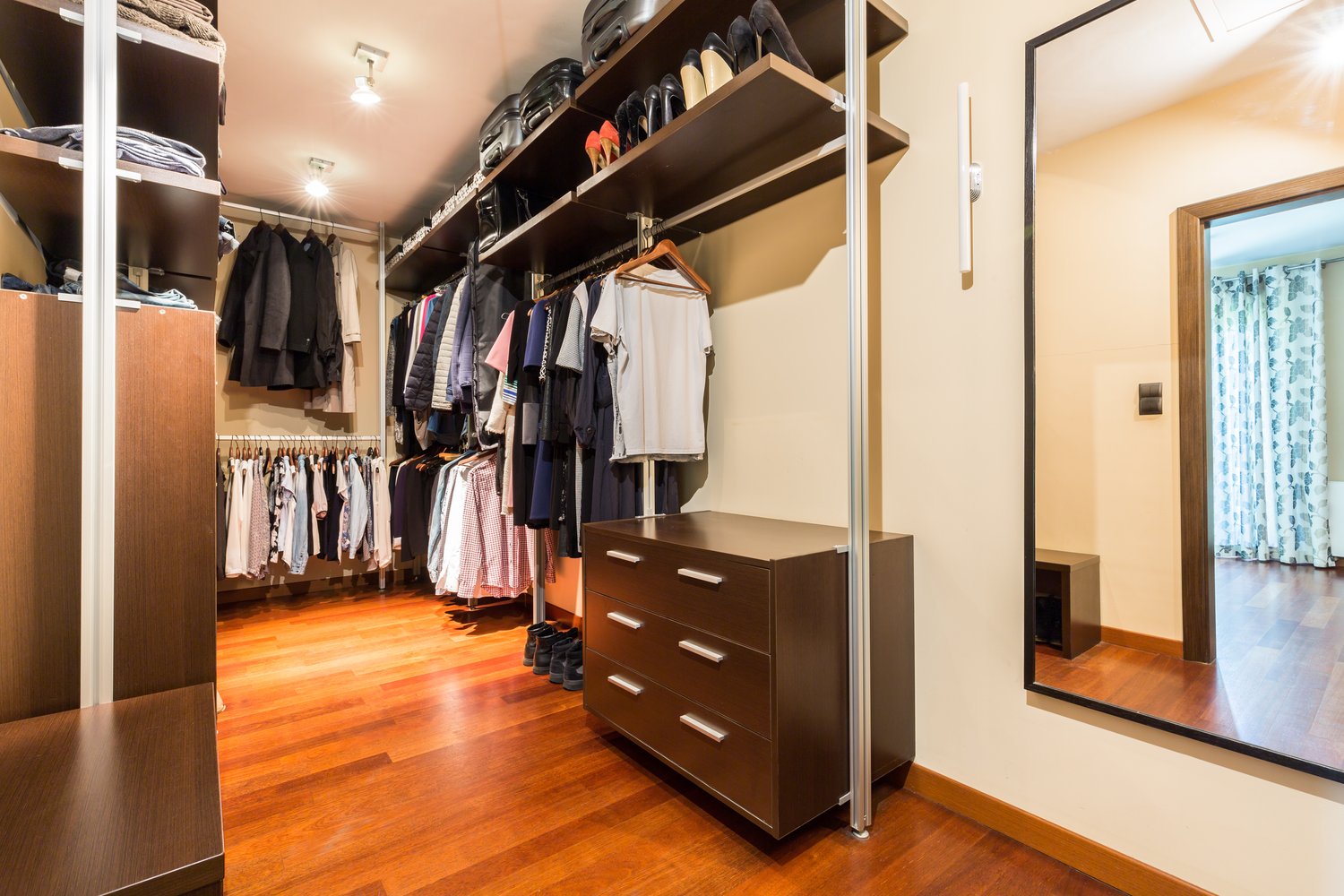Creating functional outdoor living spaces has become increasingly popular, with more homeowners extending their indoor comforts to patios, decks, and gardens. However, to truly maximize these areas, proper electrical planning is essential. From cooking appliances and entertainment systems to ambient lighting and heating elements, outdoor electricity transforms basic backyard spaces into fully operational extensions of your home. This article explores the key considerations for safely running electricity to your outdoor areas, ensuring functionality and safety for your exterior living spaces.
Understanding Your Outdoor Electrical Needs
Assess your specific needs before undertaking any project to run electricity to your backyard. Consider all the potential uses for outdoor power, including landscape lighting, security systems, entertainment setups, and kitchen appliances. Your outdoor kitchen may require multiple dedicated circuits for refrigerators, grills, and small appliances. Entertainment areas might need power for televisions, speakers, and charging stations. Mapping out these requirements helps determine the number of circuits and outdoor electrical outlet install locations required to support your lifestyle without overloading your system. Remember that outdoor electrical demands can sometimes exceed indoor usage, especially when powering multiple high-wattage appliances simultaneously.
Electrical Codes and Permit Requirements
Safety should always be your primary concern when planning outdoor electrical installations. Most municipalities have specific codes regulating how to power outdoor kitchen setups and other exterior electrical systems. These regulations typically address proper grounding, weatherproofing, circuit protection, and installation methods. Before beginning any project, contact your local building department to understand permit requirements and code specifications. This step is not merely bureaucratic—it ensures your installation meets safety standards that protect your property and family. Professional electricians familiar with local regulations can navigate these requirements and ensure your system receives proper inspection and approval.
Choosing the Right Outdoor Electrical Components
Outdoor environments present unique challenges for electrical systems. When planning to run electricity in your backyard, selecting components rated explicitly for outdoor use is crucial. A GFCI (Ground Fault Circuit Interrupter) must protect all outdoor outlets to prevent shock hazards in wet conditions. Weather-resistant receptacles with in-use covers provide protection from moisture even when devices are plugged in. Underground cables must be rated for direct burial or installed in appropriate conduit at the correct depth. Outdoor lighting fixtures, junction boxes, and switches should carry UL ratings for exterior applications. Using indoor-rated equipment outdoors significantly increases fire and shock risks, particularly during adverse weather conditions.
Installation Methods for Outdoor Power
There are several approaches to bringing power to your outdoor spaces, each with specific applications. Adding dedicated circuits from your main panel offers the most reliable power solution for permanent structures like outdoor kitchens. Underground conduits provide a safe pathway to run electricity in your backyard without unsightly overhead wires. Properly rated outdoor extension cords can be used cautiously for temporary or seasonal needs, though they should never be considered permanent solutions. Specialized outdoor power posts can be installed in gardens or patios to provide convenient access points without extensive trenching. According to experts at AskHomey, hiring qualified electricians is essential for complex outdoor electrical projects, as they have the expertise to implement these solutions safely while complying with local codes.
Outdoor Wiring Safety Considerations
Outdoor electrical installations face environmental challenges that indoor systems don’t encounter. Moisture, temperature fluctuations, UV exposure, and physical damage threaten outdoor wiring integrity. Proper outdoor wiring safety practices include using waterproof connections, installing adequate drainage for junction boxes, and positioning outlets away from sprinkler systems and flood-prone areas. Circuit breakers dedicated to outdoor systems provide an additional layer of protection. Regular inspections of outdoor electrical components can identify potential issues before they become hazards. Check for damaged insulation, corroded connections, or compromised weatherproofing, especially after severe weather events or seasonal changes.
Maintenance and Future Expansion
Outdoor electrical systems require consistent maintenance to remain safe and functional. Establish a regular schedule to inspect outlets, lighting, and connection points for signs of wear or damage. Clear vegetation around electrical fixtures and outlets to prevent moisture accumulation and potential fire hazards. When planning your initial installation, consider future expansion needs. Installing additional conduit runs during the initial project makes adding circuits later much easier and less disruptive to established landscaping. Documenting your outdoor electrical layout provides valuable information for future maintenance or modifications, helping prevent accidental damage to buried lines during subsequent landscaping projects.
Energy Efficiency in Outdoor Electrical Planning
Incorporating energy-efficient solutions into your outdoor electrical planning reduces operating costs while maintaining functionality. LED lighting consumes significantly less power than traditional alternatives while providing excellent illumination for pathways, entertainment areas, and security. Timers and smart controls prevent unnecessary energy usage by automatically adjusting outdoor systems based on schedules, daylight conditions, or occupancy. Solar-powered options for accent lighting reduce grid dependency for non-critical applications. When designing larger outdoor electrical systems, working with professionals ensures your installation balances power requirements with energy efficiency, creating sustainable outdoor living spaces that remain economical to operate year-round.
For more tips and to connect with reliable home service professionals, follow AskHomey on Facebook and Instagram.



